Most first-person-shooter games, including Rainbow Six Siege, adjust your settings automatically when you first launch the game. While the algorithms behind this process do their best to give you good results, the preset settings are unlikely to deliver optimal performance.
Depending on your gaming rig’s performance and your monitor’s refresh rate, you’ll need to make some adjustments via Siege’s in-game settings. Some changes will help you achieve higher frame rates, and others will optimize the way you play the game. But it may get confusing inside the menus due to the immense number of customization options.
The following settings are optimized for the smoothest gameplay experience, without sacrificing much in terms of graphics. They will allow you to take full advantage of your gaming peripherals, given that you have powerful enough hardware.
Don’t hesitate to make any changes you deem fit since some of the settings can also be up to personal preference. If a setting isn’t mentioned in this article, it’s best not to mess with it, or it may not impact your game’s performance.
Here are the best settings for Rainbow Six Siege on PC.


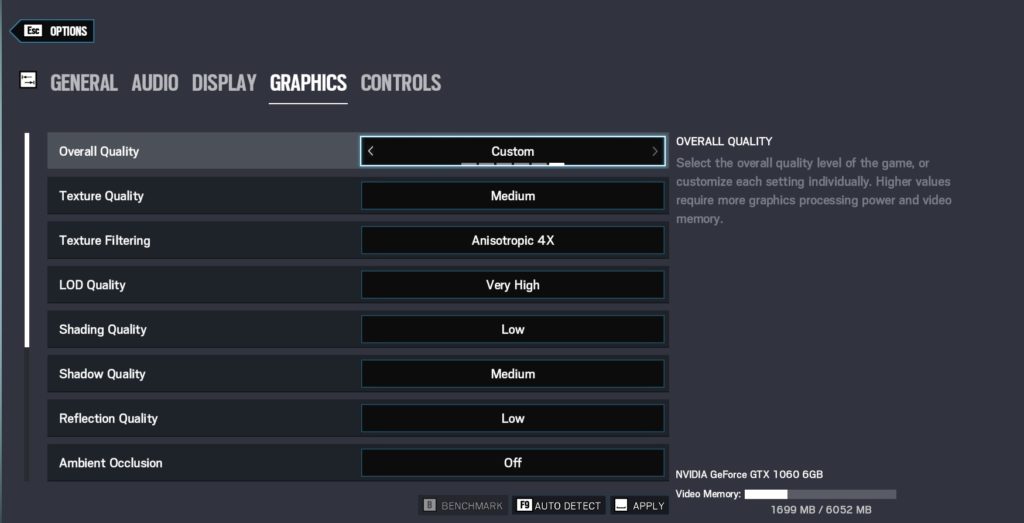
General settings
- Ping: On
- While ping indicating directions from your teammates can be annoying sometimes, they’re the best way to communicate with your squad members who don’t have a microphone. Keeping this on should keep you up-to-date with the latest information around the map, and you can always turn it off if someone starts abusing the feature.
- Display Game Info: On
- If the information box doesn’t bother you, keeping this setting will allow you to keep track of your network ping and frame-rates during a game. This will help you pinpoint all issues affecting your game’s performance.
Audio settings
- Voice Chat Record Mode: Push-to-Talk
- Siege is a game of information. Being mechanically talented won’t cut it to get to the highest ranks since you can’t possibly know everything going on around the game’s gigantic maps. Voice chat is the best way to make calls during a game of Siege, and a team that communicates will always be one step ahead of one that doesn’t. Using push-to-talk will spare your teammates the sound of your top-of-the-line mechanical keyboard, which can distract others.
- Voice Chat Level: Not zero
- If you’d like to take a moment before starting a sentence, keeping your voice chat level above zero can give you the time you need after pressing your push-to-talk button. This setting allows Siege to pick up your voice only if it exceeds a certain level.
Display settings
- Monitor: Pick your main monitor
- If you’re running a multiple monitor setup, make sure to pick your dedicated gaming monitor.
- Resolution: Native or 1920 x 1080
- Display Mode: Fullscreen
- Though running Siege in Windowed or Borderless Window modes will allow you to switch tabs faster, playing in the Display Modes introduces input lag. Playing in Fullscreen will allow your system only to render Siege, thus improving your game’s overall performance.
- Refresh Rate: Match your monitor’s refresh rate
- Aspect Ratio: 16:9
- VSync: Off
- VSync can be helpful if you’re struggling to maintain stable frame rates, but the feature also introduces a certain level of input lag. In games like Siege, where milliseconds can matter, disabling any option that introduces such drawbacks will give you the best advantage.
- Widescreen Letterbox: Off
- This is a purely cosmetic setting that adds black bars on top and bottom of your screen to let you have a more cinematic experience while playing Siege. Though it’s a nice idea, it reduces your view area, making it a no-go for competitive players.
- Field of View: 90
- The default Field of View (FoV) setting of Siege is 60, but Ubisoft allows players to push the settings up to 90. Doing so will increase your vertical FoV, and most professional players prefer keeping this setting at least above 80. Keep in mind that you’ll also be rendering more frames when you increase your FoV, so you’ll need to find your sweet spot if you have any concerns about performance.
Graphics settings
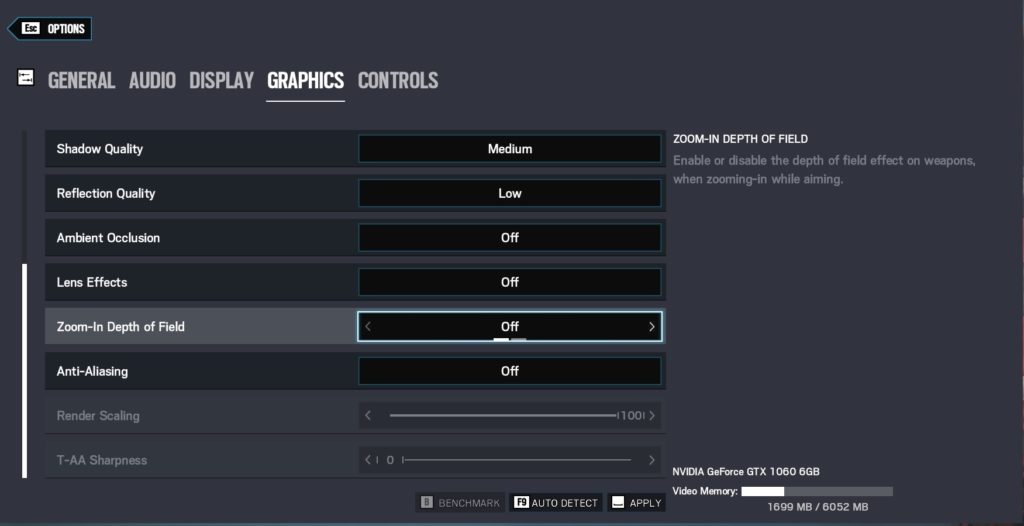
- Texture Quality: Medium
- Setting the texture quality to low will give you the highest frame-per-second (FPS), but the difference between low and medium texture quality is highly noticeable in Siege. Go for medium if your PC can still run the game at smooth frame rates since it will also make spotting enemies easier.
- Texture Filtering: Anisotropic 4x
- This setting has the lowest impact on your overall game performance. Texture filtering fixes the blurring that can occur when you look at specific objects in Siege from different angles. You can also experiment with higher volumes to find the best configuration for your setup, but 4x offers the best of both worlds.
- LOD Quality: High or Very High
- LOD quality adjusts the distance that lower level of details start rendering. Operator’ heads are one of these details, and keeping this setting at Low can cause them to be rendered in a triangular shape that can make aiming even harder. Go with one of the higher settings to give yourself the best competitive advantage.
- Shadow Quality: Medium
- Siege rounds play out slowly, and you’ll need every piece of information you can get. Enemy shadows are essential to spot enemies before they start peeking at you and setting shadow quality to low disables operator shadows. Set this setting to at least medium to take advantage of dynamic shadows.
- Shading Quality: Low
- Shading quality adjusts rendering’s visual fidelity by tweaking settings like skin subsurface scattering and lightning quality. None of the two provide any competitive advantage in Siege and can be considered as eye-candy. Set this to Low for higher framers.
- Reflection Quality: Low
- Reflection quality is another eye-candy setting that doesn’t offer any competitive edge. Adjust it to Low to give yourself an FPS boost.
- Ambient Occlusion: Off
- Ambient occlusion is one of the graphical settings that have the most impact on how Siege looks. While it makes the game look beautiful in terms of colors and lighting, it reduces its performance by a considerable margin. If you’re struggling to get your frames up, this should be the first setting to turn off.
- Lens Effects: Off
- Lens effects help Siege simulate real-world optical lenses by adding effects like blooming into the game. It drains a ton of resources, however, so we recommend keeping it off.
- Zoom-in Depth of Field: Off
- This setting blurs the edges of your scope when you aim down sight. It’s a visual gimmick that makes Siege more realistic, but you should keep it off for performance’s sake.
- Anti-Aliasing: Off
- Anti-Aliasing makes games look sharper but is also a performance hog. Turning it off will give you a nice frame boost.
Honourable mention: Adjust your sensitivity settings
Changing your mouse’s DPI or your in-game sensitivity settings won’t increase your frames in Siege, but you should go over them after making the above changes to your video settings.
Sensitivity settings and keybinds often depend on personal preference, meaning there isn’t a best layout that works for all players. Check your favorite professional players’ settings and test if their layouts work for you. You can also tune them to your liking with further adjustments.
Considering you’ll be optimizing your in-game settings by applying the settings above, doing it so for your sensitivity settings can help drastically when it comes to boosting your in-game performance as a player.
Other methods to increase in-game performance in Rainbow Six Siege
Optimizing your settings may not always yield the most feasible results in terms of FPS. Though each graphical setting is taxing in one way, you could be experiencing a lackluster performance due to an issue surrounding your PC.
Overheating hardware is usually the first offender, and you should work with a professional to investigate what’s wrong if you haven’t done something similar before.
Here’s what you can do on your own, though.
Keep your graphics card drivers up to date
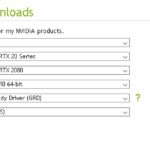


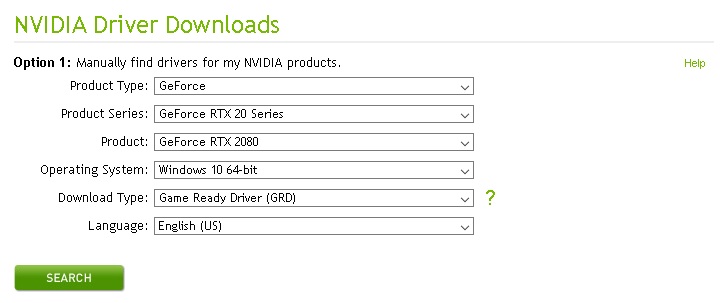

Ubisoft and other game developers work hard to come up with new content and push new changes. These additions can sometimes take advantage of new technology or a feature that was introduced in a new graphics card driver update.
In scenarios like this, updating your GPU’s driver becomes a must for you to keep up in terms of performance. Both AMD and NVIDIA guide their users through the setup process, making updating your drivers a seamless process.
Run your digital distribution service and Siege in administrative mode
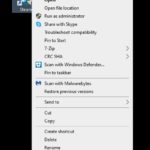
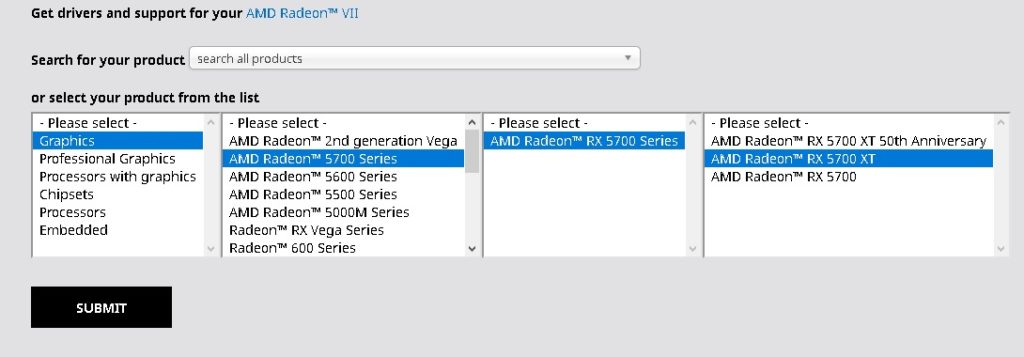
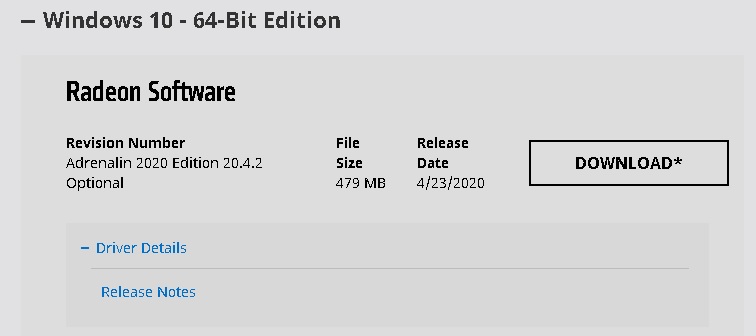

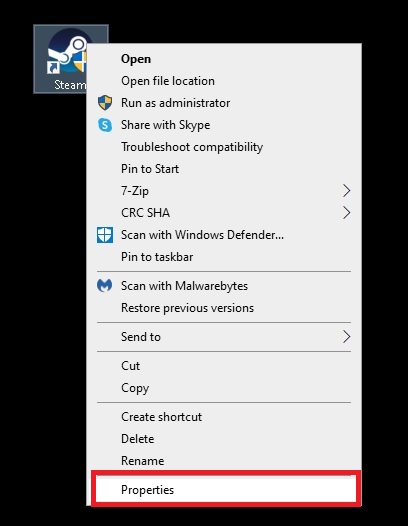
Siege is available on Steam, Epic Games, and UPlay on PC. It doesn’t matter which platform you chose to play Siege on, give administrative rights to both the game and the respective launcher.
This’ll eliminate the possibility of you having limited user rights, which can bottleneck games and cause them to drop frames.
Clean your PC’s internals
Even if you clean your room once a week, your PC will still get dusted over time. If you don’t regularly clean your PC’s insides, it may start overheating due to limited airflow.
Get yourself a can of compressed air or an air blower, and take your PC outside for a thorough dusting. Make sure to use protection if you’re allergic to dust.
Hold your fans while you’re blowing air through them since allowing fans to spin freely can cause unwanted damage.
You should notice lower temperatures while gaming after cleaning your PC, which should reduce your FPS problems.
ncG1vNJzZmicn6mytLzOq6usZpOkunC%2BwKKlm6enYoNwusSwqmialajBbr7AoqWbp6diwKrEjKygnp%2BVYsCmwNOipaCrXZu8s3nHop6hZaCav6e70aaYp5uVYryvec%2Bc